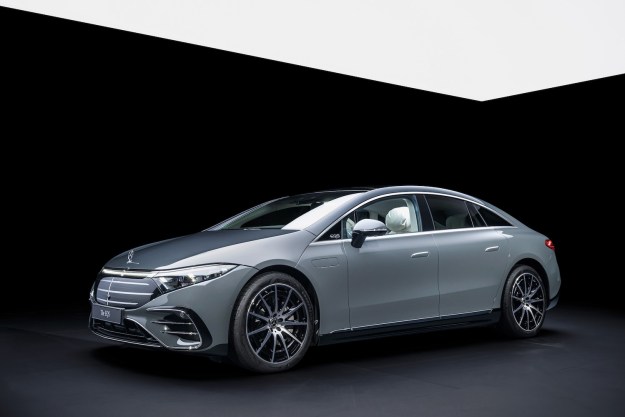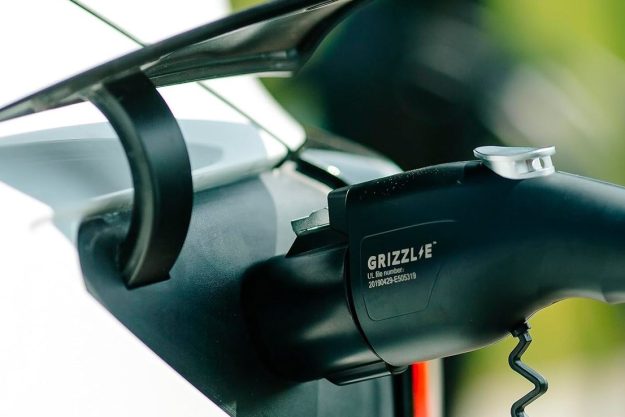Lyft and Uber may have started out with cars, but recent moves demonstrate the ridesharing firms’ growing interest in a somewhat simpler mode of transport — the humble bicycle.
Take Lyft., which just announced that it has acquired the largest bikeshare operator in the U.S., Motivate, for a reported $250 million.
San Francisco-based Lyft said the deal would give it the opportunity to “revolutionize urban transportation” as it seeks to grow and innovate the sector across the country.
If you don’t know Motivate by name, you might know some of its bikesharing services, among them CitiBike in New York City, Capital Bikeshare in Washington, D.C., and Blue Bikes (formerly Hubway) in Boston. It also operates bikesharing services in Chicago; Portland, Oregon; Jersey City, New Jersey; and Columbus, Ohio. Data from the National Association of City Transportation Officials revealed that in 2017, Motivate’s U.S. bike schemes took care of almost 75 percent of the 35 million bikeshare trips taken in 2017.
“Lyft and Motivate have both been committed for years to the same goal of reducing the need for personal car ownership by providing reliable and affordable ways to move around our cities,” said John Zimmer, Lyft co-founder and president. Zimmer said that bringing the two companies together “will accelerate our collaboration with cities and deliver even better experiences to our passengers and riders.”
Motivate executive chairman Steve Koch said the deal would result in “tremendous new resources and energy to making sure that bikeshare plays a fundamental role in the new urban mobility.”
Recent reports suggested Uber was also interested in acquiring Motivate. Whether or not this was the case, Uber nevertheless made a similar deal in April, acquiring New York City-based Jump bikes just a few months after it partnered with the company for a trial service.
The companies’ sudden rush into the bikesharing space are bids for greater control of urban transportation options that could eat into their core, car-based ridesharing businesses. The growing popularity of bikesharing services has persuaded both Lyft and Uber that two-wheelers can play a significant role in their future operations, and even aid their ridesharing work.
For example, it’s possible Lyft could transform Motivate’s docking stations into pick-up and drop-off zones where customers can also safely and conveniently switch from a Lyft bike to a Lyft car, or vice versa. It’s already trialing such a scheme in Baltimore after investing in the city’s bikesharing service in February.
Editors' Recommendations
- Microsoft reportedly in talks to buy TikTok’s U.S. operations
- Uber may be banned in London. Could the same thing happen in the U.S.?
- Lyft pulls its bikes from San Francisco streets after apparent battery fires


